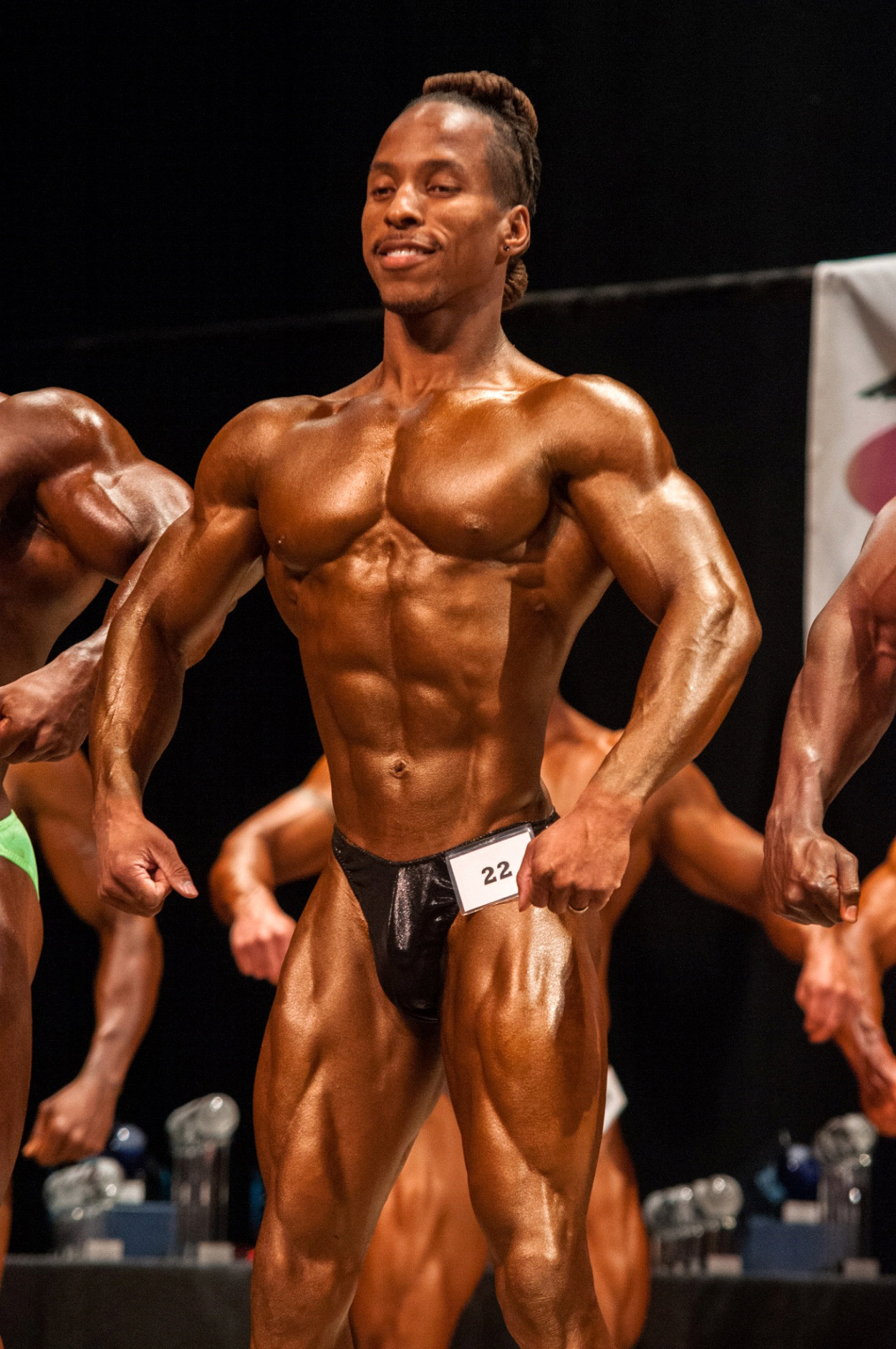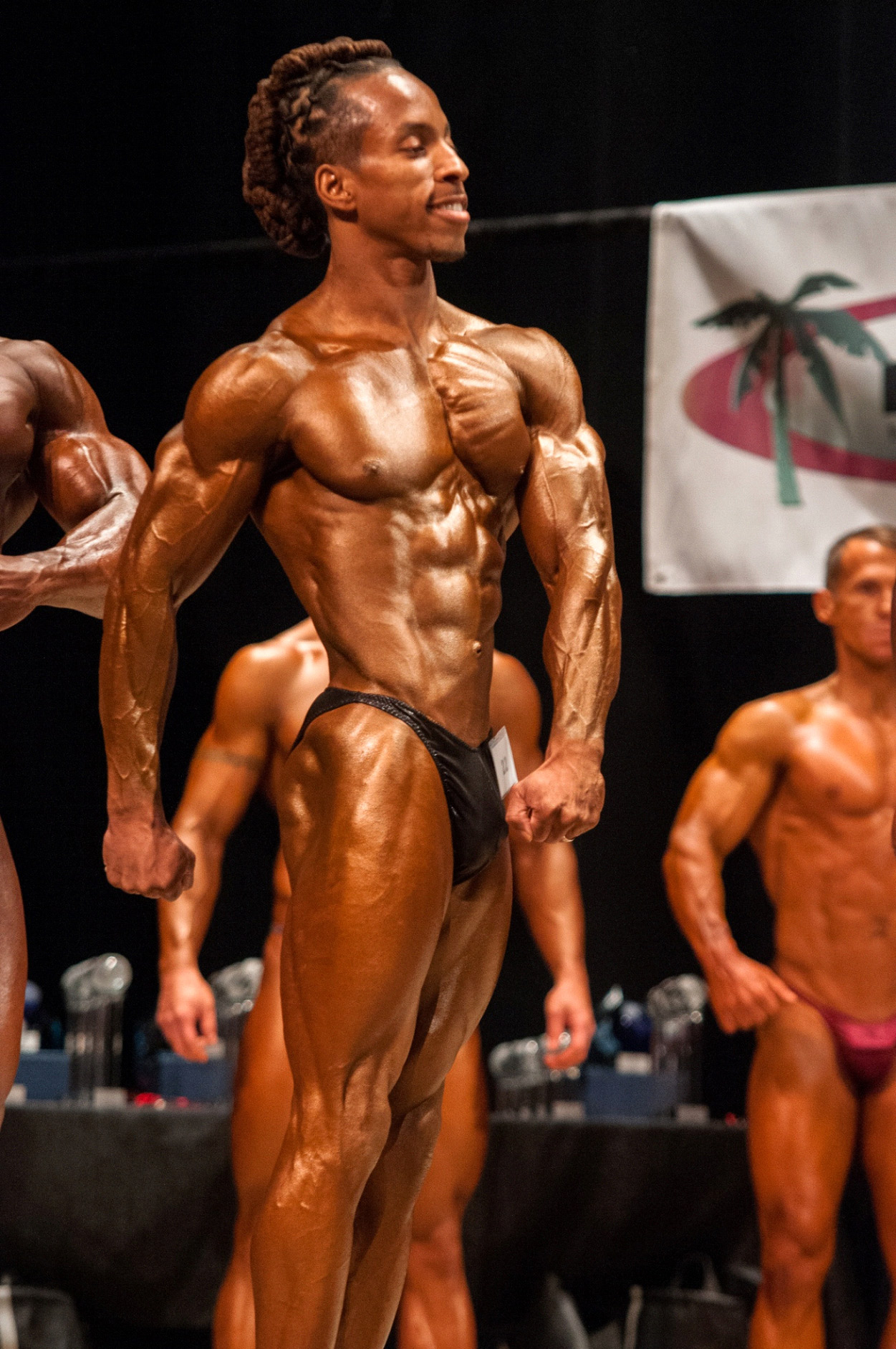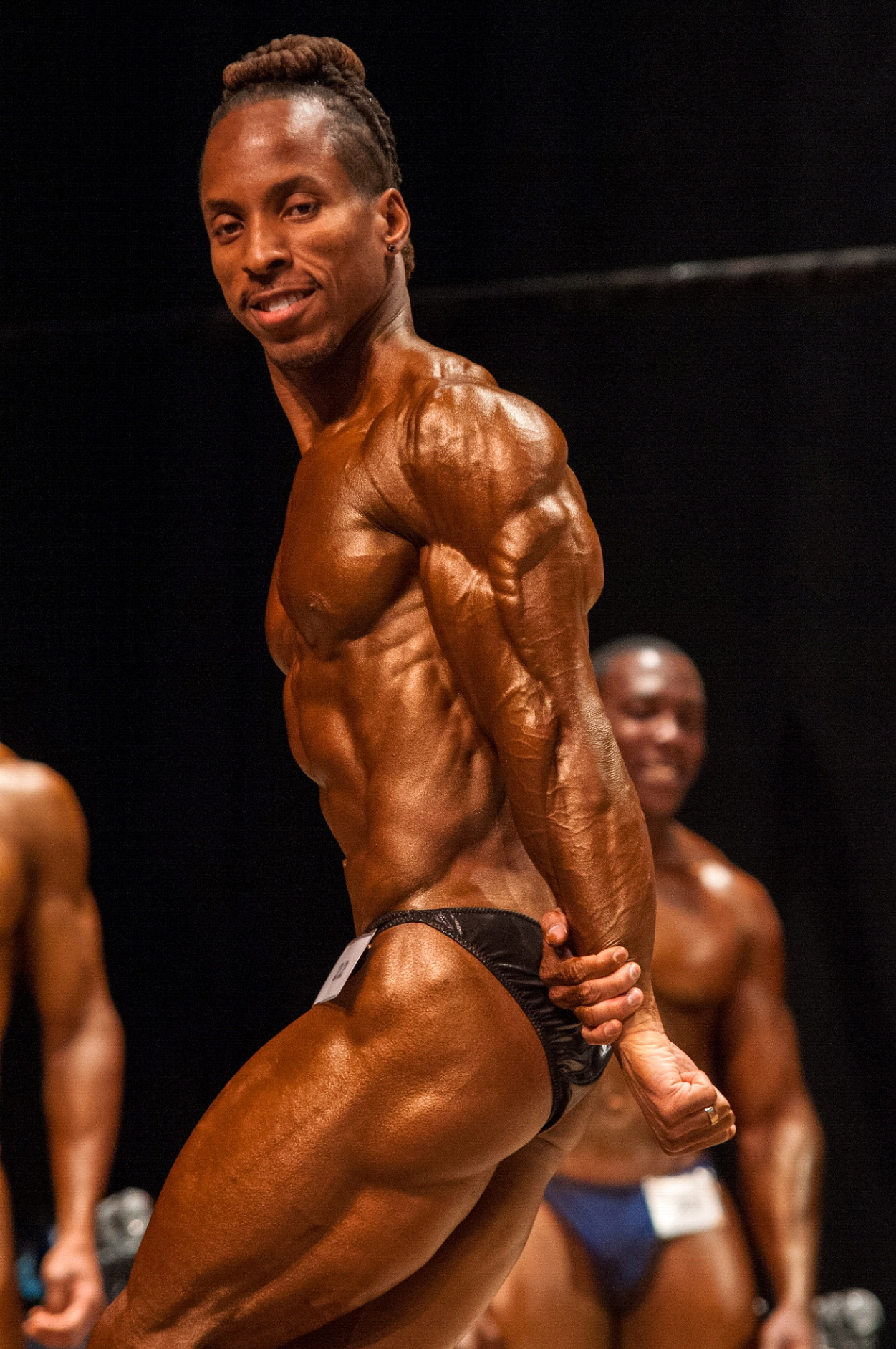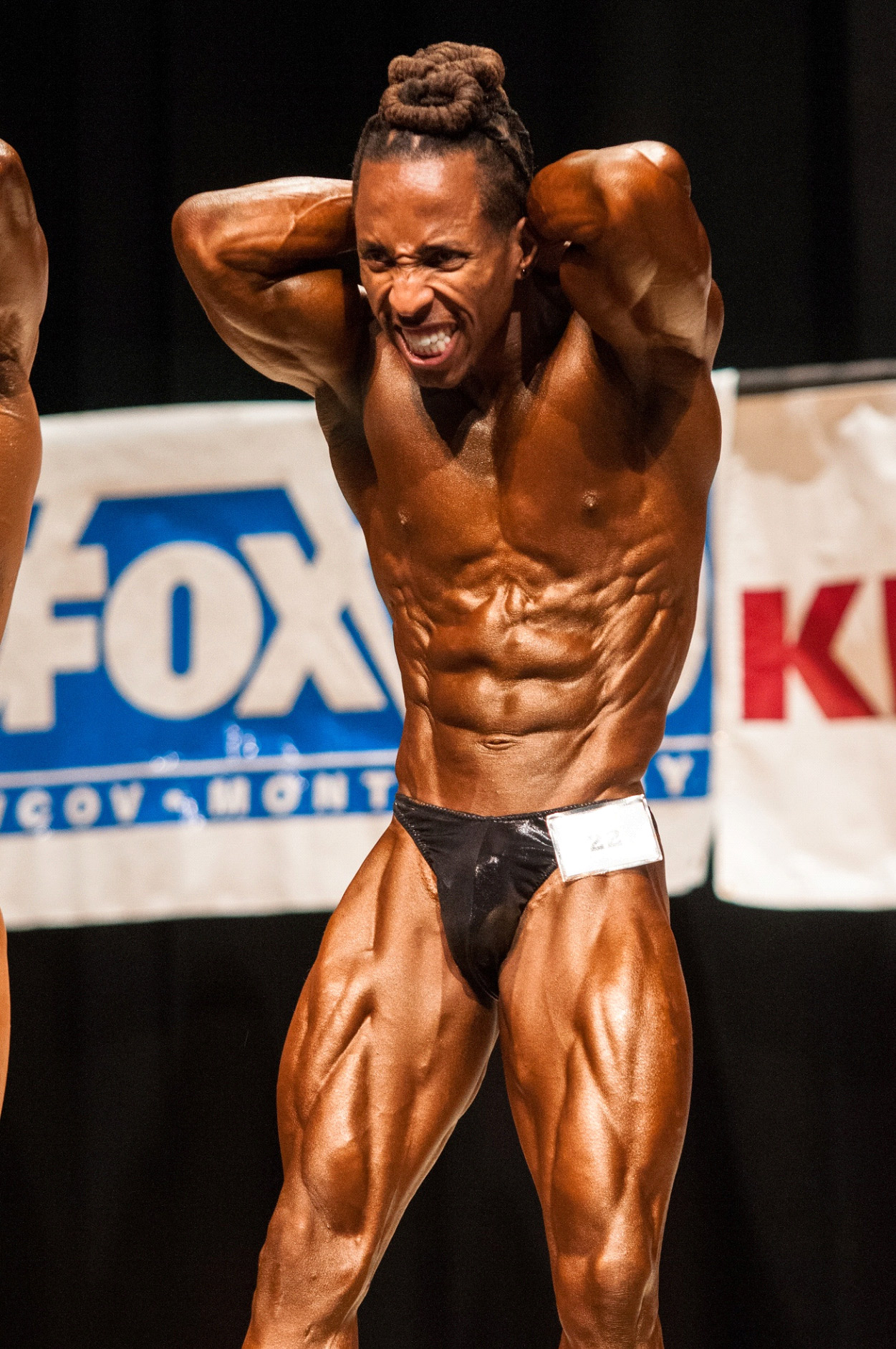What do you commonly think of or notice when you see amateur bodybuilders posing at a competition? Lots of greased up musclebound men in a teeny tiny mankini or banana hammock, awkwardly navigating the stage while looking for your admiration and praise, or a string of men captivating your attention by how they strategically and flawlessly move into the next position as if they could do it in their sleep? More than likely you notice more awkward greasiness than finesse and flawless poise.
As in any other sport, bodybuilding requires practice and technique. One major difference between bodybuilding and other sports is that there are no “little league” opportunities to get started very young. It can simply be a bucket list for some, and even a bet for others that turns into a lifelong passion. You could find yourself starting at the age of 35 and competing until you are 80 if you want! The audience and the judges are looking to see how your workouts, meal plan, posing practice, and self-esteem look in comparison to the next competitor. How you represent each pose that the head judge calls out seals your placing in that competition as the winner, or the runner-up.
Posing is really the next level in the art and professionalism of body sculpting that most people do not take enough time to study or put their mind to. Memorizing the feeling in each muscle fiber, while noticing and controlling how each muscle looks — this is key to the total package. Presentation of your physique is critical to how the judges perceive your anatomy. It should be every serious competitor's goal to look like an anatomy chart with every twist and turn, enhancing his/her best features as often as possible.
So now that you are second guessing your every pose in the mirror right now, let me point you in the right direction. First, pay attention to those athletes in your division/category who are winning shows, those who are at the top of their game. Use their poses as a baseline for accuracy, then “tune in” to your unique physique. Practice in order to accentuate your best features. Tuning in might mean a slightly more twisted wrist or hip. Then you must spend time — lots of time — in front of a full-length mirror. The bathroom mirror is great for selfies, but the judges will be looking at your whole body all at once — and so should you. I cringe when I go to shows and see a person with a great physique, yet no stage presence: fumbling through poses, looking at the other competitors to figure out what to do, and then not even copying them correctly! That's a waste of valuable muscle definition, symmetry, and mass if I've ever seen it; all that hidden potential due to a lack of posing guidance and practice.
If you have read all this, done all this, or even done some shows and the judges' feedback is usually about your posing/presentation, consider hiring a professional in your area or attending a posing workshop. Many organizations (especially natural ones) offer posing workshops with one-on-one tips that may make the difference between first and second in your next show. Although most organizations have different rules and policies, there are mandatory poses for each category that all organizations stick to as a general rule. Simply go to the organization's website for details.
Front relaxed pose (not necessarily relaxed)
Front Lat Spread
Side Pose
Side Triceps Pose
Side Chest Pose
Hands overhead abs and thigh
Most Muscular
Side serratus (tie breaker pose)
Show of Calves (tie breaker pose)
Show of hamstrings (tie breaker pose)
Rear Lat spread
Rear relaxed pose
Rear Double biceps
Front Double Biceps



Recommended Comments
There are no comments to display.